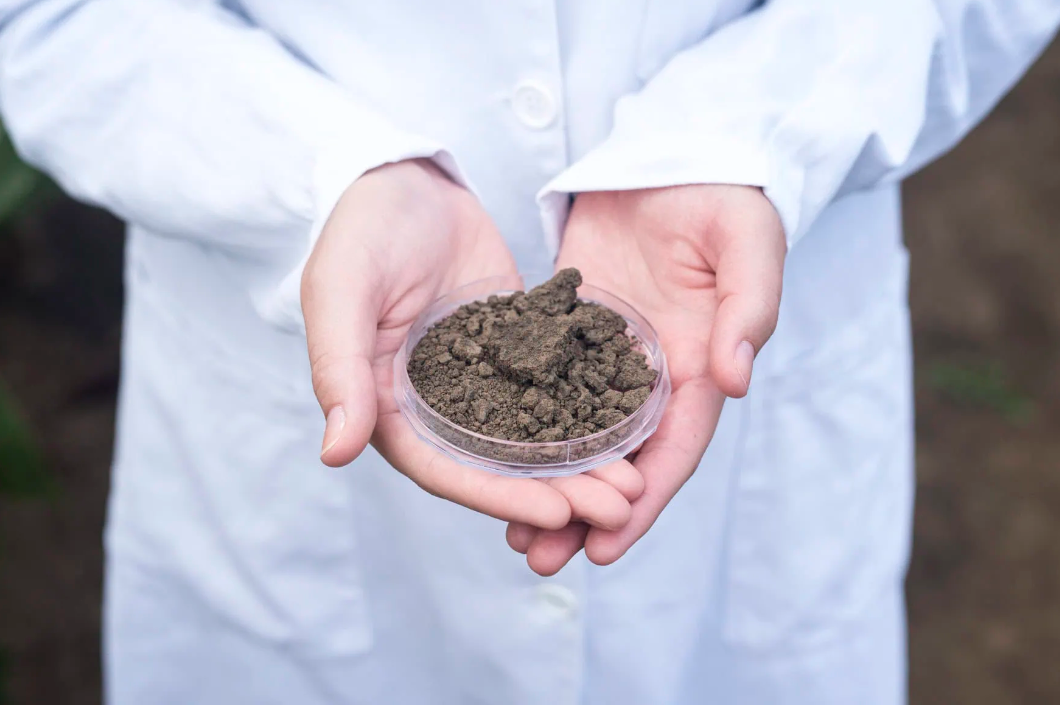
Exhibition time: 17-19 March, 2026 Shanghai, China
 中文
中文

Exhibition time: 17-19 March, 2026 Shanghai, China
 中文
中文

The key to unlocking high yields is through soil profile testing, which not only measures nitrogen but also detects chloride and sulfur levels, says agronomy experts. Such testing can directly influence the amount of nitrogen applied and determine if additional sulfur or chloride is needed.
Given the high costs of these elements and their often uncertain status in the soil, conducting a few profile soil samples before planting is a financially wise decision.
Technology

Profile testing differs from standard soil tests, which typically assess pH, phosphorus, and potassium. For a profile test, an 18-to-24-inch soil core is necessary, compared to the 6-inch core used for surface testing. If the soil depth is less than 24 inches, the core should be as deep as possible. It is also crucial to maintain consistent depth across the approximately 10 cores per sample. The procedure may require a drill-bit type probe, especially when the soil is dry and hard after the summer corn harvest.
While profile testing is more time-consuming, it can cover a larger area, with one sample per 40 to 80 acres being sufficient. These samples aim to provide a general idea of the remaining soil nutrients, which is different from the more precise requirements of surface samples.
Mobile vs. Immobile Nutrients

Testing mobile nutrients like nitrogen, chloride, and sulfur is distinct from testing immobile nutrients such as phosphorus, potassium, and zinc. Mobile nutrients, which are anions, move easily through the soil, while cationic immobile nutrients do not. Testing for mobile nutrients provides a measure of the total nutrient mass, excluding the portion in organic matter, which is also crucial for determining application needs. These nutrients can also exist in gaseous forms and are subject to atmospheric losses or gains.
Curiously, adding a pH test to your profile sample could provide insights into the sub-soil conditions, although it might not alter fertilizer recommendations. Understanding the sub-soil pH could inform whether current lime applications are effectively addressing deeper soil layers.
Financials

Profile tests for mobile nutrients can provide a snapshot of soil conditions at the time of testing, applicable only to the immediate fertilizer application. For example, without a profile nitrogen test, Kansas State’s standard recommendations assume a residual nitrogen level of 30 lbs per acre. However, during drought years, this assumption could underestimate the actual nitrogen residue. For instance, if a profile test reveals 60 lbs of nitrogen per acre instead of the presumed 30 lbs, and with nitrogen currently priced at 52 cents per unit, the savings could amount to $15 per acre. For a 60-acre field, this equates to a total saving of $900 for a test that costs $15.
Past research indicates that residual nitrogen after a drought year in corn fields can reach up to 100 lbs per acre. Before significantly reducing pre-plant fertilizer, it is essential to verify the actual nitrogen levels. Given the high cost of fertilizers, thorough testing to determine the residual nutrients in the soil is both economically and environmentally prudent.
Source:FertilizerDaily